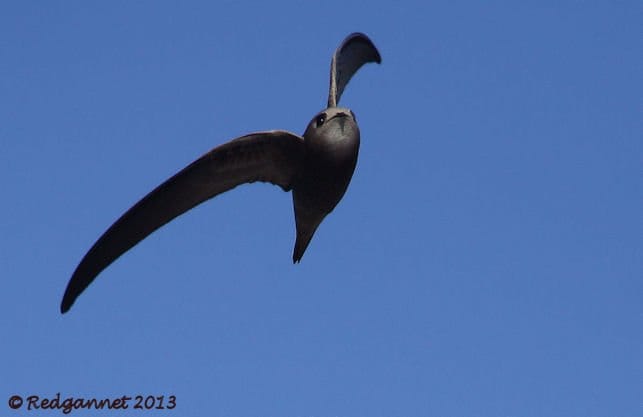
Despite all the evidence to suggest otherwise, people still sometimes mistake me for a photographer. They see a big tripod-mounted lens and take apparatus to mean ability. With that error comes the conversation about the various merits of different brands of camera and then the inevitable request for a bit of advice. My favourite recommendation is “Don’t take pictures of swifts”.
This sort of exercise usually ends in frustration and the need to delete most of the attempts, but never one to heed my own advice, I recently tried a few pot-shots at a small flock of Pallid Swifts chasing across a car park in Mushrif Park, Dubai.
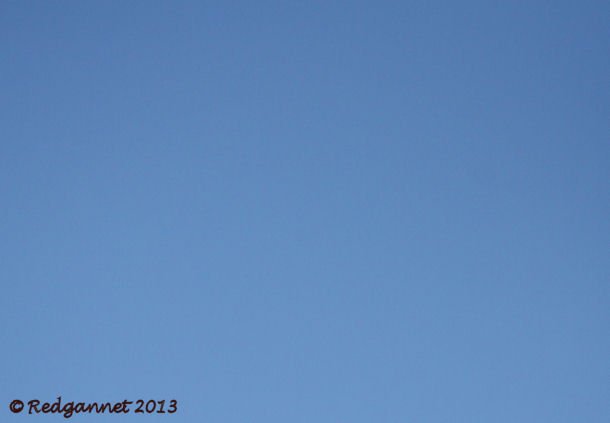
I am assuming that many readers (most of you being birders) have tried taking pictures of birds in flight. In case you haven’t and you want to give it a try, there is a focus control on DSLR cameras known as Servo Focus which continually assesses and adjusts the focus of a moving object. If you can get the bird in the frame and keep it covered by the focussing point, the camera should track the focus as the bird moves. The trick is getting the bird in the frame for long enough for the Servo Focus to work its little miracle. If you use a compact or bridge-type camera, the ‘sport’ function does a similar job. A pitfall of the compact and bridge cameras is that many of them suffer from shutter lag. The shutter releases a few moments after the button is pressed, making it difficult to get exactly the picture that you are hoping for. 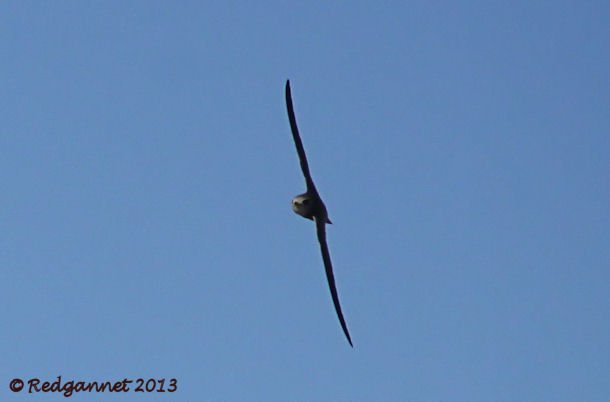
Swifts tend to be fast (obviously) and erratic in their flight, banking and jinking in response to their prey of small winged insects, so following them with the camera can be difficult. If your lens or camera has an image stabilising facility, you may have to fight against the equipment’s desire to stay still. Check to see if your lens or camera has a ‘panning stabiliser’, sometimes known as IS2 or similar. This will allow you to chase the birds more easily and keep them in frame. If you do not have a panning stabiliser, try to disable the still stabiliser.
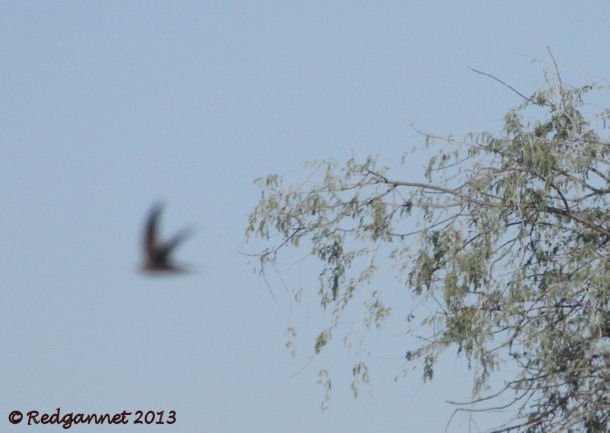
Find an area with open sky. Background objects will catch the attention of the Servo Focus which will default to the easiest thing to focus on.
Choose a day when the light is good and in your favour. The speed and light reflecting capacity of swifts demands a fast shutter speed. Good light, an open f-stop and a raised ISO will give you the best chance. Over-expose your shots by 1/3 or 2/3 of a stop to pick up any detail that may be lost in silhouette against a bright sky.
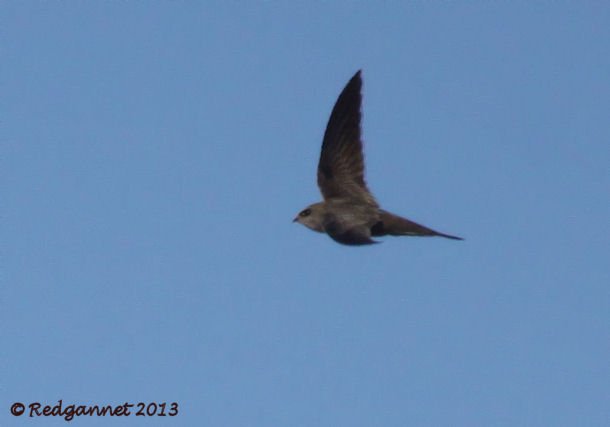
Reduce the focussing range of your lens. Some lenses offer the option of changing the minimum focussing distance. Choose one in excess of 5 metres or 15 feet, so that the lens does not have to waste time searching through close focus when the target is 10 metres above your head. A compact or bridge camera may have a ‘focussing range’ option in the camera function menu.
Take lots of shots; lots! A high frame per second rate will allow you to keep firing. Use the fastest media card you possess so that the camera doesn’t have to stop firing. Slow cards reduce the fps speed and the camera has to wait while the card catches up.
Adopt a comfortable, stable position. Lean back against your car for example. This will avoid you falling over as the swifts pass overhead. It will also help you to establish a relationship with the Sun’s position. It is important to note where the sun is as you may accidently focus its brightness onto your retina while following the swifts’ flight.
Keep the sun behind you and the swifts in front, for a well-lit, blindness-free day.

Then when you have finished, delete all the pictures on your card without wasting any more time by reviewing them. It really is a thankless task and you should be able to find something far more constructive to do with a warm, well-lit day. Remember to reset all the functions on your camera before getting on with your life.


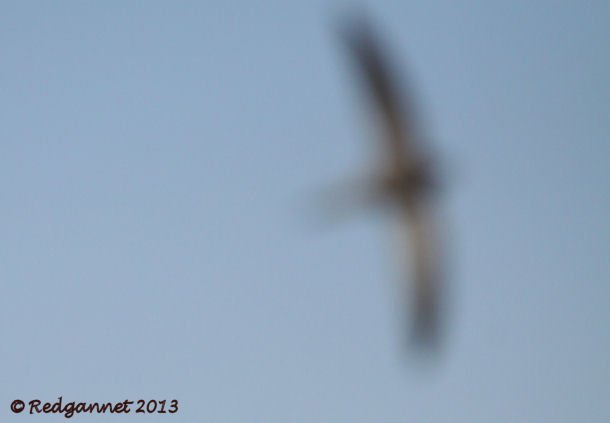
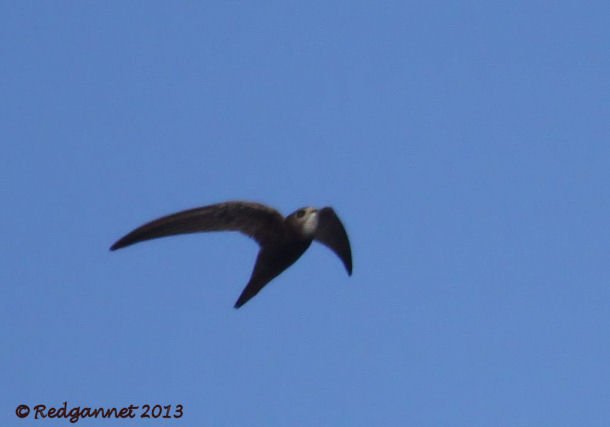
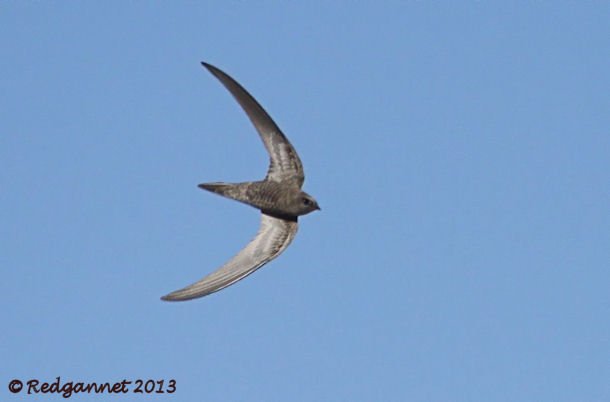





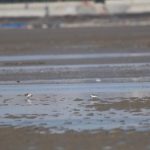
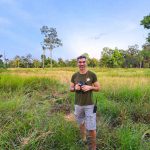

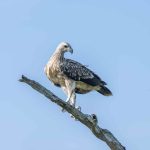
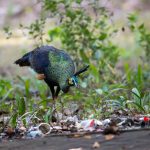
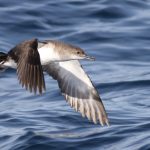
Your advice is dead wrong. You should definitely keep taking pictures of swifts. Excellent.
Your advice is dead wrong. You should definitely keep taking pictures of swifts. Excellent.
That last one is brilliant! Love it! I saw a black swift, once, many years ago, but I didn’t have a camera, in those days. But I’ve been practicing for the day I see it again, by taking as many pictures of slow-moving birds in flight as I can. Gulls, especially, have proven good practice birds: especially on windy days, they barely move their wings, and sail by at a gentle, easy pace.
Take pictures? I can barely be bothered to make the effort to ID them.
I agree with Duncan. The swifts in SE Asia were offensive in their similarity and potential variety.
Mike, I am in SE Asia and am trying to learn how to photograph swifts just so I can ID them. Otherwise, they are the only birds I see daily without success at IF.